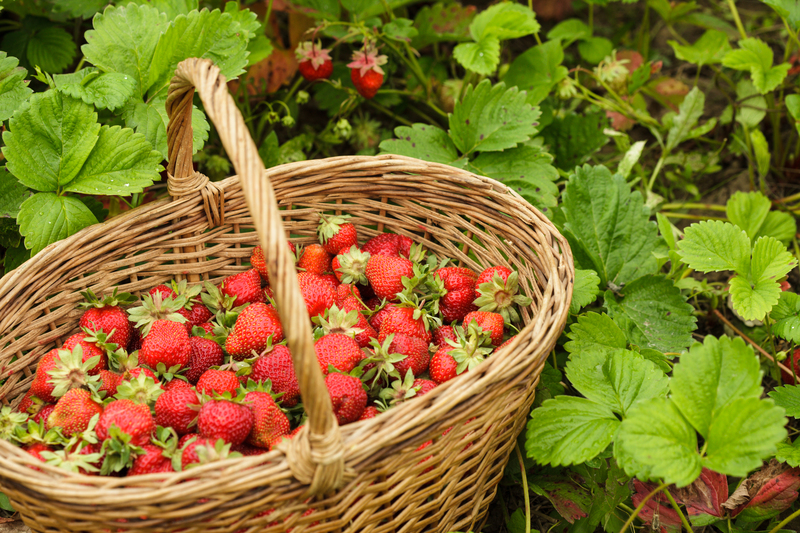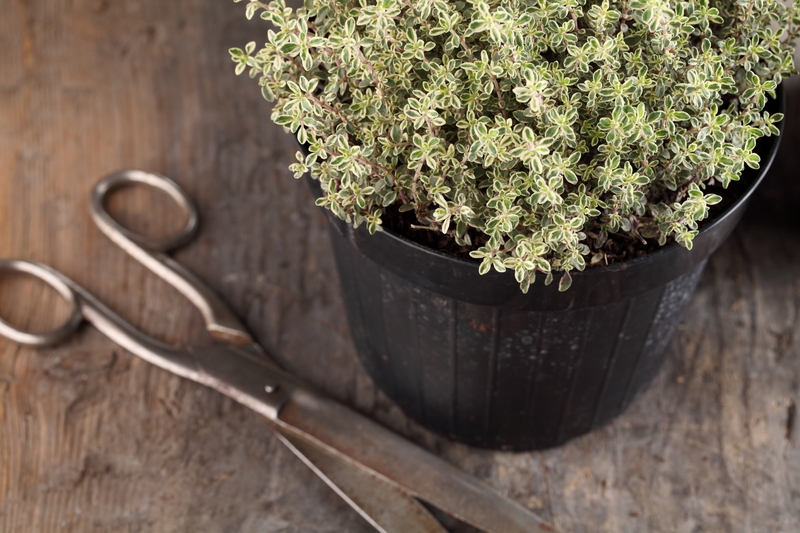Strategies for Invasive Weed Mitigation
Posted on 21/06/2025
Invasive weeds pose a significant threat to ecosystems, agriculture, and even urban landscapes. These unwelcome plants can outcompete native flora, alter habitats, and inflict economic damage. Effective invasive weed mitigation requires a multifaceted approach combining prevention, early detection, management, and restoration efforts. This article explores various strategies for mitigating the impact of invasive weeds.
Understanding Invasive Weeds
Invasive weeds are non-native plant species that, when introduced to new environments, proliferate aggressively and disrupt local ecosystems. Unlike native plants, invasive weeds often lack natural predators in their new habitats, allowing them to spread uncontrollably. Some common characteristics that enable invasive weeds to thrive include fast growth rates, high reproductive capacity, and adaptability to different environmental conditions.
The ecological and economic impacts of invasive weeds are profound. They can monopolize resources such as sunlight, water, and soil nutrients, leading to the decline or extinction of native species. In agriculture, invasive weeds can reduce crop yields, necessitate increased use of herbicides, and impact the overall health of farmlands.

Prevention of Invasive Weed Spread
Prevention is universally acknowledged as the most cost-effective strategy for managing invasive weeds. By stopping invasive species from entering and establishing in new areas, we can avoid the costly and labor-intensive processes of eradication and control. Key preventative measures include:
- Regulatory policies: Governments and organizations can implement regulations to control the importation of plants and soil that might contain invasive weed species. This includes inspection and quarantine practices to prevent the accidental introduction of invasive plants through trade, travel, and other means.
- Public awareness: Educating the public about the dangers of invasive weeds and how they can prevent their spread is crucial. This can involve community workshops, informational campaigns, and the distribution of educational materials. Informed citizens are more likely to report sightings and comply with guidelines for controlling invasive species.
- Best management practices: Land managers and gardeners should follow best management practices for planting, landscaping, and soil management to minimize the risk of introducing invasive weeds. This includes cleaning equipment and footwear to remove plant materials and seeds when moving between sites.
Early Detection and Rapid Response (EDRR)
Early detection and rapid response (EDRR) to invasive weeds is critical in preventing their establishment and spread. Timely detection allows for swift action before the invasive species become entrenched. EDRR involves the following components:
- Monitoring and surveillance: Regular monitoring and surveying of ecosystems, agricultural lands, and other vulnerable areas can help identify invasive weeds at an early stage. Utilizing advanced technologies such as remote sensing, satellite imagery, and geographic information systems (GIS) enhances the effectiveness of monitoring efforts.
- Identification and reporting: Training professionals and citizen scientists to correctly identify invasive weeds and report sightings is vital. Reporting systems, such as hotlines and mobile apps, can facilitate quick communication and coordination among stakeholders.
- Rapid mobilization: Once an invasive weed is detected, rapid mobilization of resources and personnel is necessary to contain and eradicate the weed. This may involve mechanical removal, chemical treatments, or biological control methods.
Mechanical Control
Mechanical control encompasses physical methods of removing or destroying invasive weeds. These methods are typically labor-intensive and may vary in effectiveness based on the species of weed and the extent of infestation. Common mechanical control approaches include:
- Hand-pulling and digging: For small infestations, hand-pulling and digging out the entire plant, including the roots, can be effective. This method is particularly suitable for young or isolated weeds.
- Mowing and cutting: Regular mowing or cutting of invasive weeds can prevent them from flowering and producing seeds, thereby reducing their spread. However, this method must be repeated frequently and may not completely eradicate the weed.
- Soil solarization: Soil solarization involves covering the soil with clear plastic to trap solar radiation and heat the soil to temperatures that kill weed seeds and seedlings. This method can be effective for managing invasive weeds in garden beds and small plots of land.
Chemical Control
Chemical control involves the use of herbicides to manage invasive weeds. Herbicides can provide quick and effective results, but their use must be carefully regulated to minimize environmental impact and prevent harm to non-target species. Strategies for chemical control include:
- Selective herbicides: Selective herbicides target specific types of plants (e.g., broadleaf weeds) while leaving other vegetation unharmed. This selectivity is beneficial for preserving native plants and crop species.
- Systemic herbicides: Systemic herbicides are absorbed by the plant and transported throughout its tissues, ensuring the entire plant, including roots, is killed. This is particularly effective for perennial weeds with extensive root systems.
- Spot treatment: Applying herbicides directly to individual weeds or small patches can minimize chemical use and reduce the risk of collateral damage to surrounding vegetation and ecosystems.
Biological Control
Biological control leverages natural predators, pathogens, or competitors to manage invasive weeds. This method offers a sustainable and eco-friendly alternative to chemical treatments. Key strategies for biological control include:
- Introducing natural enemies: Identifying and introducing natural predators or parasites that specifically target the invasive weed can help regulate its population. Care must be taken to ensure that these biological control agents do not themselves become invasive.
- Utilizing pathogens: Fungal, bacterial, or viral pathogens that infect and weaken the invasive weed can be employed as biological control agents. Research and field trials are necessary to confirm the safety and efficacy of these pathogens before widespread use.
- Encouraging native species: Promoting and planting native species that compete effectively with invasive weeds can help suppress weed populations. Restoring native plant communities can enhance ecosystem resilience against future invasions.

Restoration and Rehabilitation
After invasive weeds have been controlled or eradicated, restoration of the affected area is crucial to prevent re-invasion and promote ecosystem recovery. Restoration and rehabilitation efforts include:
- Replanting native species: Reintroducing native plants can help stabilize the soil, restore habitat for wildlife, and re-establish ecological balance. This also reduces the likelihood of invasive weeds re-establishing in the area.
- Soil improvement: Improving soil health through the addition of organic matter, nutrients, and proper irrigation can enhance the growth of native plants and hinder the re-establishment of invasive weeds.
- Ongoing monitoring and maintenance: Continuous monitoring and maintenance of restored areas are essential to detect and manage any resurgence of invasive weeds. Adaptive management practices should be implemented based on ongoing observations and research.
Conclusion
Mitigating the impact of invasive weeds requires a comprehensive and integrated approach that combines prevention, early detection, mechanical, chemical, and biological controls, and restoration efforts. Effective management hinges on cooperation among government agencies, private landowners, researchers, and the public. By employing a range of strategies and continually adapting our methods based on new insights and technologies, we can protect ecosystems, agriculture, and landscapes from the persistent threat of invasive weeds.







